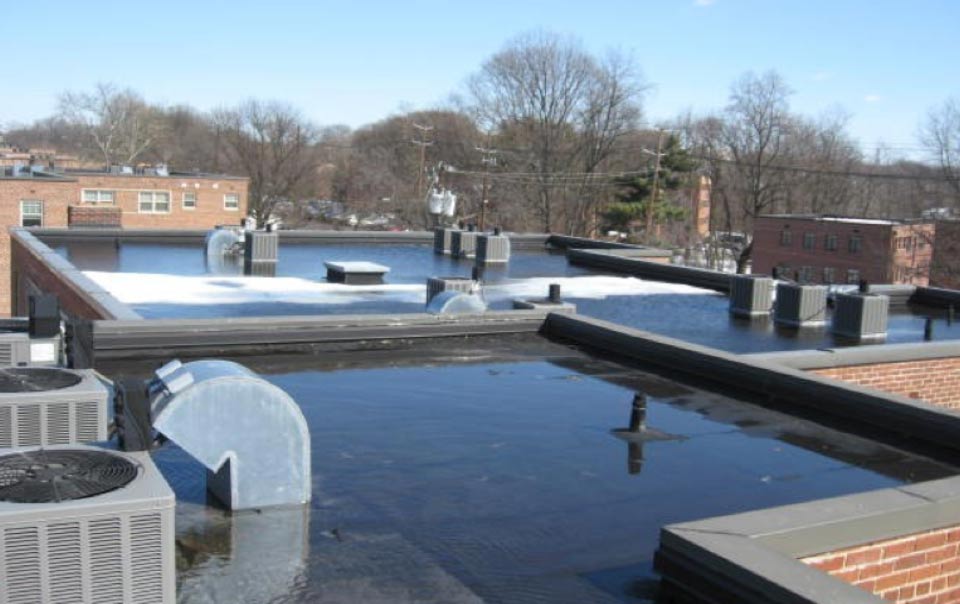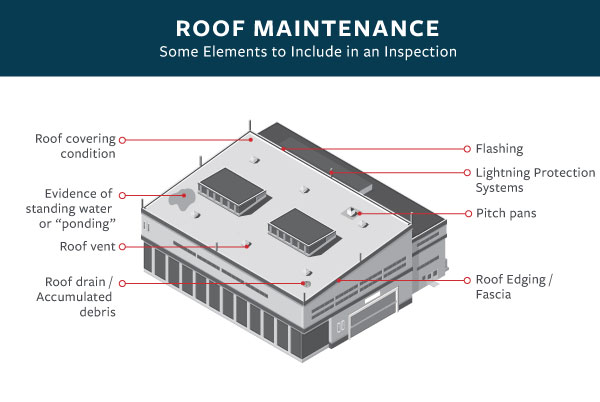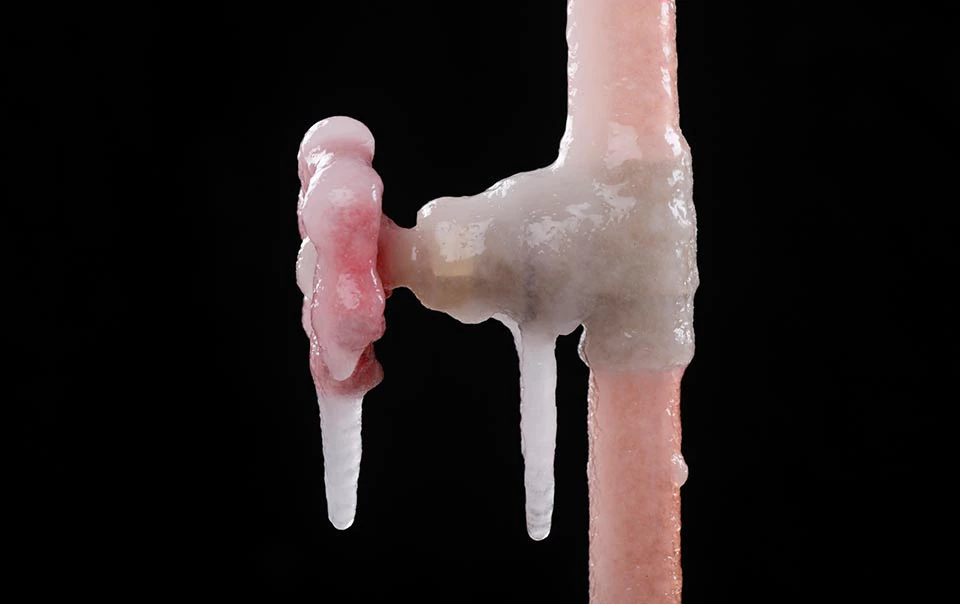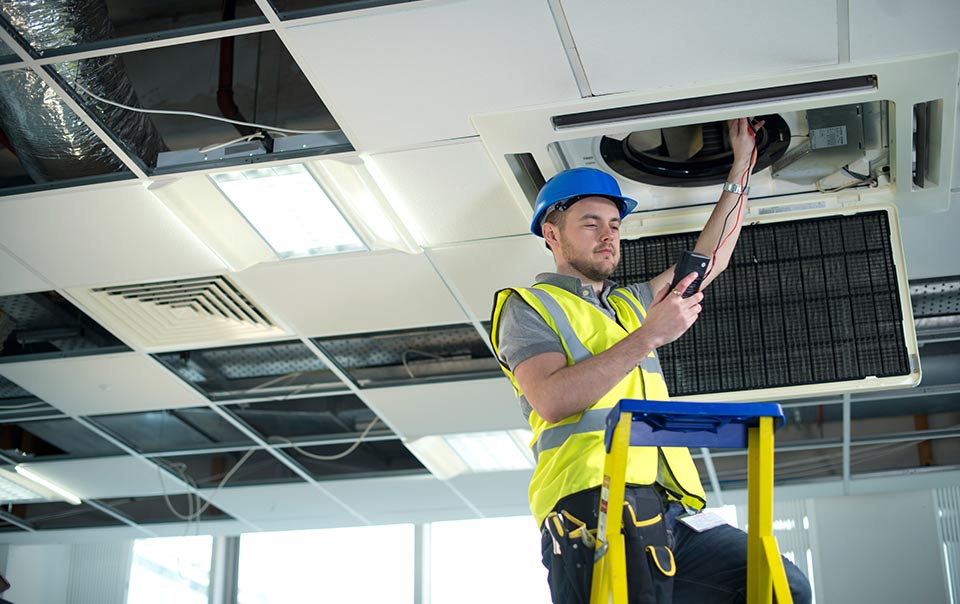Building a Commercial Roof Inspection Plan


A regular roof inspection program can help your business extend roof life expectancy and reduce the need for emergency repairs. Regularly inspecting and maintaining roof surfaces, drains and downspouts is critical to an overall building preventive maintenance program. Here are some steps to establish a roof inspection program that can help enhance the performance of your roof.
How to build a roof inspection program
1. After an initial roof survey, carry out regular inspections on a semi-annual basis.
- Pay particular attention to the perimeter areas of the roof and the flashings, where the roof and the wall intersect.
- In the spring, check for potential damage that might have occurred from severe winter weather and determine necessary repairs.
- In the fall, check for any preventive action required before winter arrives.
2. Conduct an inspection after any major storm or construction activity that might have caused damage to the roof.
- Begin the roof inspection inside the building.
- Inspect all interior walls and ceilings for signs of water stains, cracks and settling of foundation walls.
3. Systematically document all inspections.
4. Elements in the inspection should include, but not be limited to:
- Supporting structures
- Roof covering condition
- Flashing condition
- Roof edging/fascia
- Roof penetrations
- Expansion joint covers
- Pitch pans
- Roof drains
- Lightning protection systems
- Evidence of standing water or “ponding”

ROOF MAINTENANCE
Some Elements to Include in an Inspection
- Roof covering condition
- Evidence of standing water or “ponding”
- Roof vent
- Roof drain/ Accumulated debris
- Flashing
- Lightning Protection Systems
- Pitch pans
- Roof Edging/ Fascia
A comprehensive roof maintenance program should include, at minimum, the following basic steps:
- Keep roofs clean and free of debris.
- Keep drainage systems clear and functional.
- Eliminate / make repairs to areas with standing water or “ponding.”
- Train maintenance personnel on roof construction and related ongoing maintenance needs.
- Restrict roof access to authorized personnel only.
- Limit penetrations of the roof system.
- Monitor sloped roofs with overhangs for the creation of ice dams and add insulation to the attic as necessary.
The frequency of your roof inspections will depend on several variables, including the type of roof surface, age, geographic area and weather conditions. Inspecting roof surfaces and maintaining the integrity of roof surfaces and drains can help prolong the life of the roof and pay dividends in roof performance.



